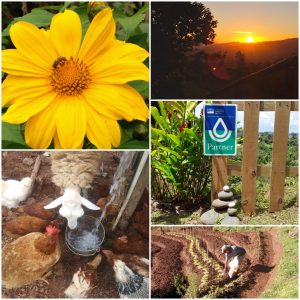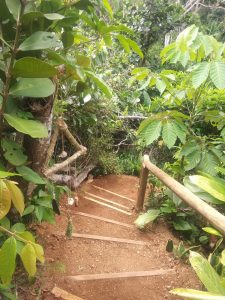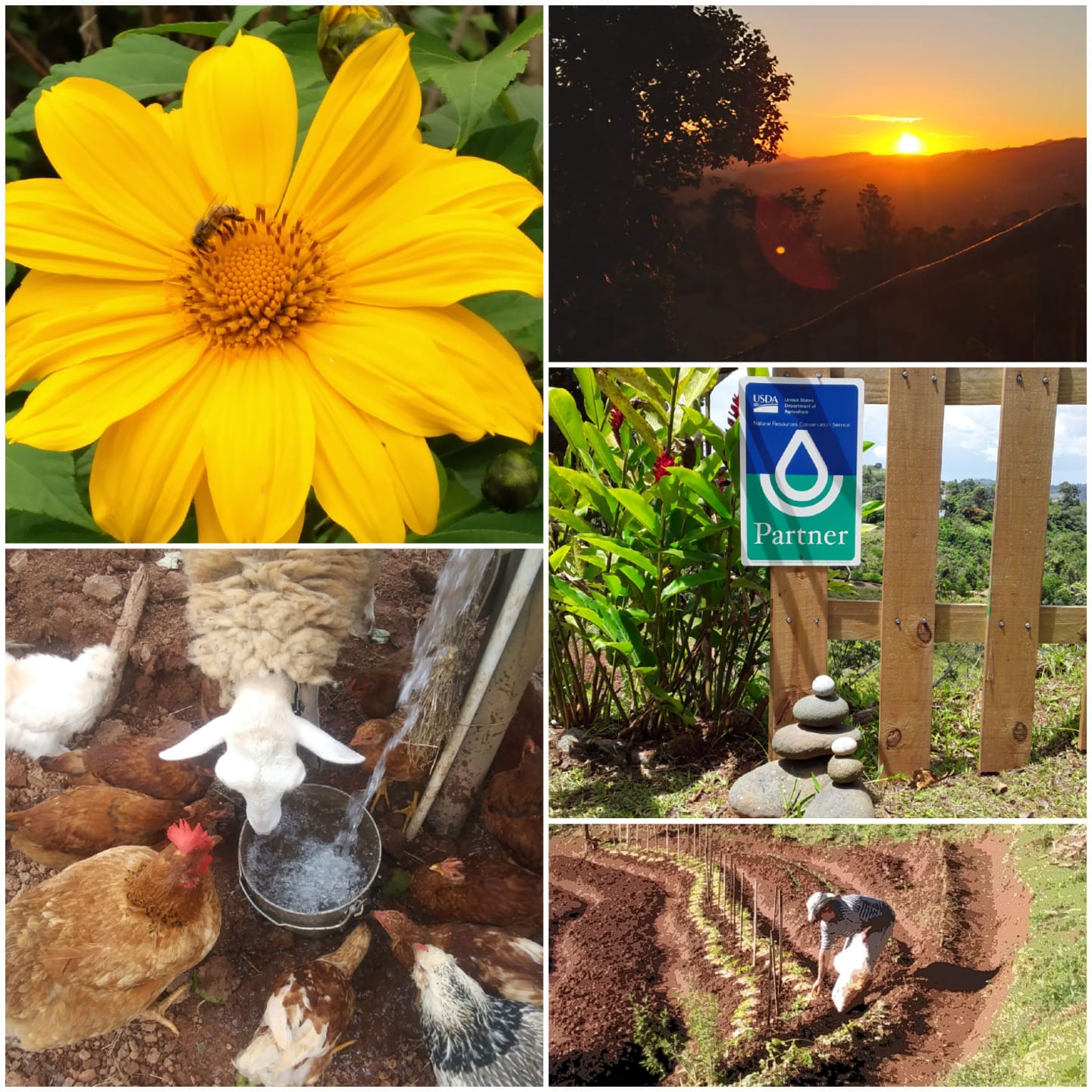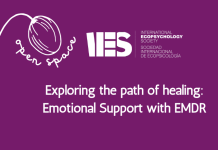
The project TOCANDO TIERRA is a sustainable development project whose main purpose is to raise awareness and offer an experience in harmony with nature. It promotes landscaping, loving animal husbandry and food security through the planting of chemical-free products and with optimal and conscious use of natural resources.
To achieve this purpose, a six-acre farm is being developed in the mountains of Orocovis, a town in the center of the island of Puerto Rico. The project has developed walking trails in the forest, animal corrals and agro-ecological planting areas, all based on soil and water conservation techniques. It also has areas for organic art and is in the process of building a Dome and a typical house.
The design plan is to create a self-sustainable space where the synthesis between the production and accessibility of chemical-free products, the conservation of natural resources and ecotherapy is encouraged.
The project is based on the scientific references that support Ecopsychology and the personal experience of its creator, Yolanda Burgos Rodríguez. It creates a perfect combination between connecting with green areas (and what this represents), producing and consuming nutritional quality food, ecological education and emotional and spiritual harmony; promoting the holistic health of the participants and the ecosystemic balance.
Industrial development and technology have brought us the comforts and advances that are characteristic of our evolution as a species. However, it is clear that the daily challenges and demands of this current reality have driven us to a way of life alienated from nature. The degradation of ecosystems and the high rates of mental and physical illness reveal to us the imperative need to re-establish links with nature, which includes a redesign of food systems.
The project is an ecotherapeutic approach that helps us to reconcile with the environment through fundamental concepts such as: understanding our alienation from nature and its consequences, becoming aware of its benefits, and awakening a desire for connection and action in response to our interdependence with it, as well as serving as an inspiration for others. For these purposes, an environment has been recreated that is conducive to the fulfillment of the human need to harmonize with nature.
 The redesign of the farm provides the opportunity to experience walking in the forest (hiking), contemplating birds (and other living organisms of the forest ecosystem), having direct contact with domestic animals and contemplating the beautiful landscape; with its sunrises and sunsets. It also allows you to participate in Ceremonial Circles, ecopsychotherapy sessions, enjoy the meditation areas, have the experience of planting and harvesting the farm’s products and participate in agro-ecological and eco-educational workshops, as well as the possibility of spending the night in the camping area or in the typical cottage.
The redesign of the farm provides the opportunity to experience walking in the forest (hiking), contemplating birds (and other living organisms of the forest ecosystem), having direct contact with domestic animals and contemplating the beautiful landscape; with its sunrises and sunsets. It also allows you to participate in Ceremonial Circles, ecopsychotherapy sessions, enjoy the meditation areas, have the experience of planting and harvesting the farm’s products and participate in agro-ecological and eco-educational workshops, as well as the possibility of spending the night in the camping area or in the typical cottage.

Proyecto TOCANDO TIERRA is a resilient project that had its beginnings in 2012. It was not until January 2017 that it opened its doors to ecotherapy and ecopsychotherapy, being the headquarters of Ecopsychology in Puerto Rico. In September of that same year, the island was hit by Hurricane Maria, one of the most powerful hurricanes in the country’s history. What had been created on the farm with so much love and effort was devoured by the awesome forces of the winds. Two years later, in 2019, we began the cleaning and restructuring of the estate, resulting in a space full of magic and charm.
Inspired by the dance between silence, natural sounds and the beauty of the place, Project TOUCHING EARTH is a loving contribution to Ecopsychology. It is a “habitat”to re-member that we ARE NATURE!!!













